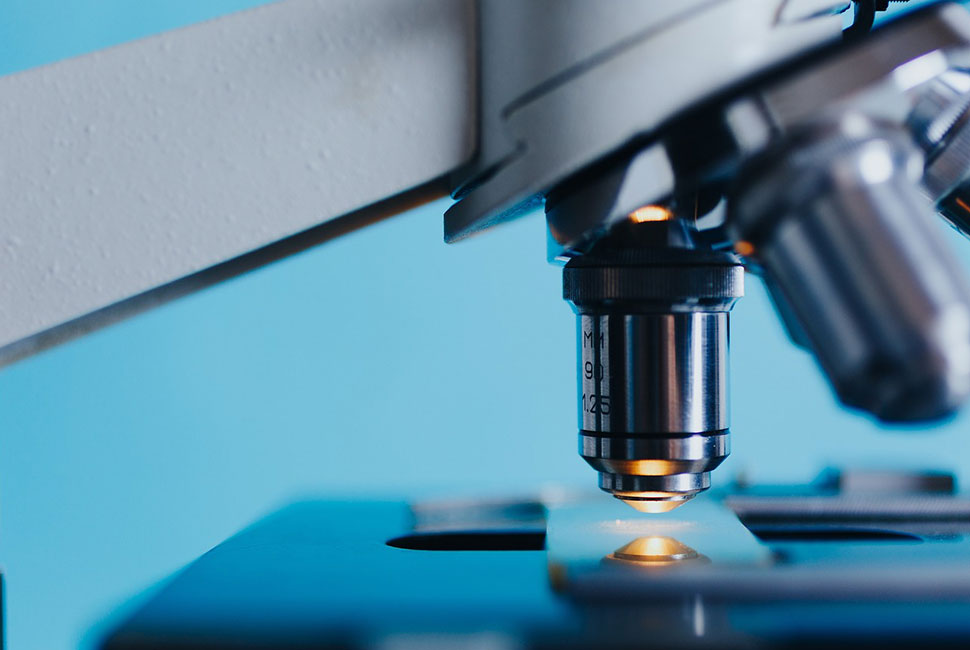
Sensors that monitor infrastructure, such as bridges or buildings, or are used in medical devices, such as prostheses for the deaf, require a constant supply of power. The energy for this usually comes from batteries, which are replaced as soon as they are empty. This creates a huge waste problem. An EU study forecasts that in 2025, 78 million batteries will end up in the rubbish every day.
A new type of mechanical sensor, developed by researchers led by Marc Serra-Garcia and ETH geophysics professor Johan Robertsson, could now provide a remedy...
Read More








Recent Comments